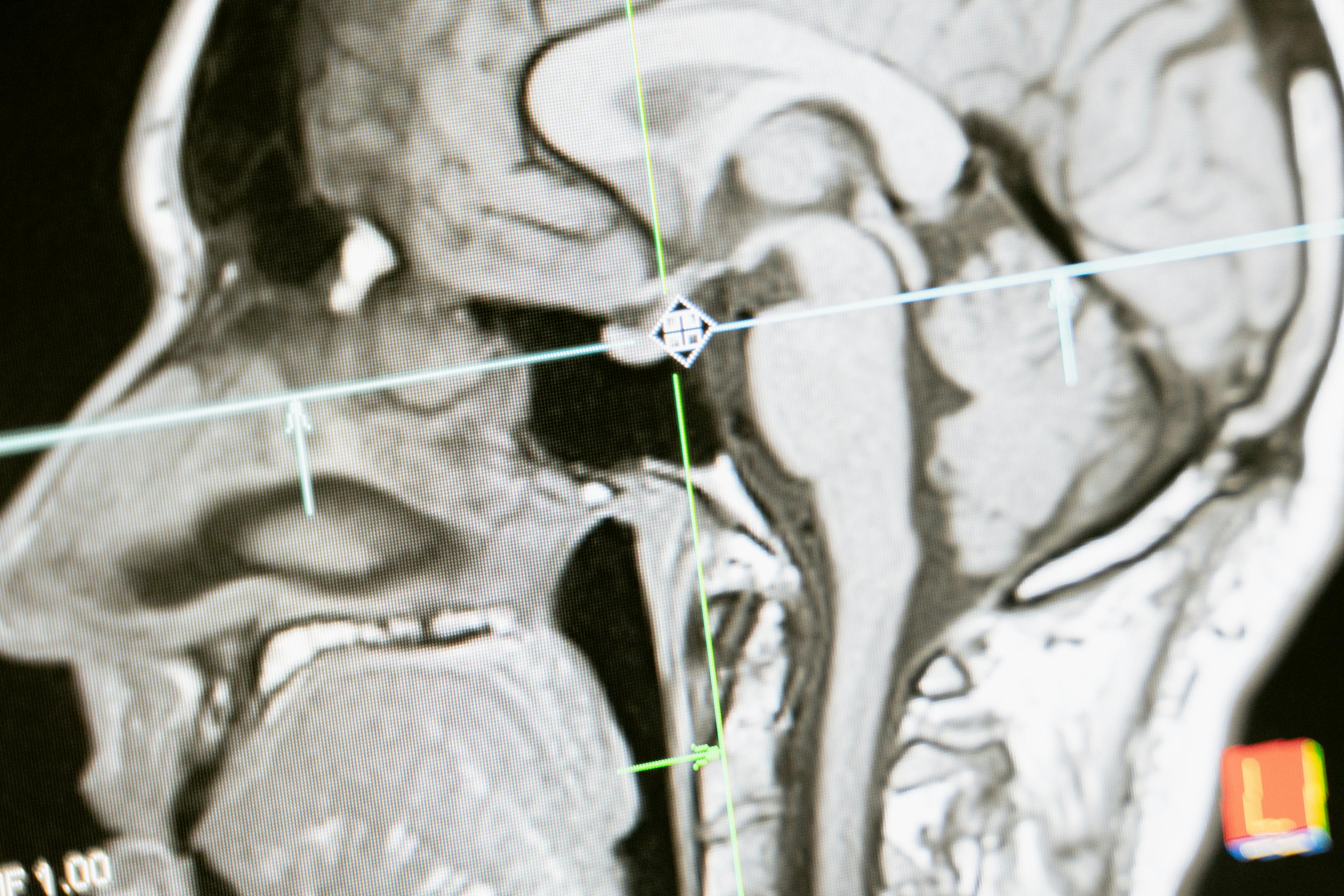
Millions of people suffer from undiagnosed or misdiagnosed diseases due to:
🔴 Lack of access to specialized doctors (especially in rural areas).
🔴 Delayed medical testing causing critical conditions to worsen.
🔴 Inconsistent patient data across hospitals and healthcare providers.
This project builds an AI-driven medical diagnostic system using a Bayesian Network (BN).
It enables real-time probabilistic reasoning to predict disease risks based on:
Task Description:
Why This Matters:
We need a dataset that contains:
Possible Data Sources:
1. MIMIC-III Dataset (Real hospital patient records)
2. CDC NHANES (Health & nutrition survey data)
3. FHIR API Data (Electronic health records via hospitals)
Graph-Based Bayesian Network Architecture
The Bayesian Network is a directed acyclic graph (DAG) where:
Probabilistic Inference using Markov Chains
Optimization Strategies
Accuracy of Predictions
Compare AI diagnosis to actual hospital records (from test dataset).
Measure Precision, Recall, and F1-score for disease prediction.
Model Interpretability
Doctors should understand why the AI suggests a disease.
Visualize conditional probability tables (CPTs) for explainability.
Week 1-2:
Collect medical datasets & preprocess patient records.
Define Bayesian Network structure & train with MLE estimation.
Week 3-4:
Implement a probabilistic inference engine (Variable Elimination).
Integrate FHIR APIs & IoT health sensor data.
Week 5-6:
Deploy as a FastAPI Web Service for telemedicine apps.
Validate using hospital test datasets.
Week 7-8:
Deploy on AWS Lambda for real-time cloud inference.
Build AI Dashboard (Streamlit) for doctors & hospitals.
Federated Learning & Blockchain Security:
Multi-Disease Hybrid Bayesian & Deep Learning Model:
IoT & Edge AI for Real-Time Diagnosis:
Reinforcement Learning for Personalized Treatment Plans:
Cloud-Native AI Deployment on AWS & Google Cloud:
"""
🚑 AI-Powered Medical Diagnosis & Treatment System
🔹 Federated Learning + Blockchain Security + Bayesian Networks + Transformers + IoT + Edge AI + Reinforcement Learning
🔹 Deployable on AWS SageMaker, Google Cloud, and Edge Devices.
Author: Jahaziel Titular
"""
# 📌 Step 1: Import Required Libraries
import numpy as np
import pandas as pd
import networkx as nx
import torch
import torch.nn as nn
import shap # AI Explainability
import lime.lime_tabular # Local Interpretable Model Explanations
from pgmpy.models import BayesianModel
from pgmpy.estimators import MaximumLikelihoodEstimator
from pgmpy.inference import VariableElimination
from fastapi import FastAPI, HTTPException
from pydantic import BaseModel
import random
import requests
import json
import gym
from gym import spaces
import traci
from transformers import BertModel, BertTokenizer # Deep Learning for Medical Diagnosis
import web3 # Blockchain Integration
from web3 import Web3
# 🌍 Step 2: Blockchain for Medical Data Security
class BlockchainMedicalRecords:
""" Uses Ethereum blockchain to securely store AI-generated medical diagnoses. """
def __init__(self):
self.web3 = Web3(Web3.HTTPProvider("https://mainnet.infura.io/v3/YOUR_INFURA_PROJECT_ID"))
self.contract_address = "0xYourSmartContractAddress"
self.contract_abi = json.loads('[YOUR_SMART_CONTRACT_ABI]')
self.contract = self.web3.eth.contract(address=self.contract_address, abi=self.contract_abi)
def store_diagnosis(self, patient_id, diagnosis_data):
""" Stores AI-generated diagnosis on the blockchain. """
tx_hash = self.contract.functions.storeDiagnosis(patient_id, json.dumps(diagnosis_data)).transact({'from': "0xYourEthereumWalletAddress"})
return self.web3.toHex(tx_hash)
def get_diagnosis(self, patient_id):
""" Retrieves patient diagnosis from the blockchain. """
return json.loads(self.contract.functions.getDiagnosis(patient_id).call())
# 🩺 Step 3: Multi-Disease Bayesian Network Model
class HybridMedicalDiagnosis:
""" Combines Bayesian Networks & Transformers for Medical Diagnosis. """
def __init__(self):
self.model = BayesianModel([
("Smoking", "Lung Cancer"), ("Smoking", "Lung Disease"),
("Obesity", "Heart Disease"), ("Obesity", "Diabetes"),
("Lung Disease", "Cough"), ("Lung Disease", "Fatigue"),
("Heart Disease", "Chest Pain"), ("Diabetes", "Frequent Urination"),
("COVID-19", "Fever"), ("COVID-19", "Cough"),
("Stroke", "Paralysis"), ("Stroke", "Slurred Speech"),
("Cancer", "Unexplained Weight Loss"), ("Cancer", "Fatigue"),
])
self.train_model()
self.deep_model = BertModel.from_pretrained("bert-base-uncased")
self.tokenizer = BertTokenizer.from_pretrained("bert-base-uncased")
def train_model(self):
dataset = pd.read_csv("federated_medical_data.csv")
self.model.fit(dataset, estimator=MaximumLikelihoodEstimator)
self.inference_engine = VariableElimination(self.model)
def diagnose(self, evidence):
predictions = {}
diseases = ["Lung Cancer", "Lung Disease", "Heart Disease", "Diabetes", "COVID-19", "Stroke", "Cancer"]
for disease in diseases:
result = self.inference_engine.query(variables=[disease], evidence=evidence)
predictions[disease] = round(result.values[1] * 100, 2)
return predictions
def deep_learning_diagnosis(self, text_input):
""" Uses a Transformer model (BERT) to analyze textual patient data. """
inputs = self.tokenizer(text_input, return_tensors="pt")
outputs = self.deep_model(**inputs)
return outputs.last_hidden_state.mean().item()
# 🔥 Step 4: IoT & Edge AI for Real-Time Patient Monitoring
class IoTHealthMonitor:
""" Retrieves real-time patient health data from IoT-connected medical devices. """
def get_live_vital_signs(self, patient_id):
return {
"Heart Rate": random.randint(60, 120),
"Blood Pressure": f"{random.randint(90, 140)}/{random.randint(60, 90)}",
"Oxygen Level": random.randint(85, 100),
"Blood Sugar": random.randint(70, 200),
"Body Temperature": round(random.uniform(36.0, 39.0), 1),
}
# 🏥 Step 5: Reinforcement Learning for Personalized Treatment
class MedicalTreatmentRL(gym.Env):
def __init__(self):
super(MedicalTreatmentRL, self).__init__()
self.observation_space = spaces.Box(low=0, high=1, shape=(10,), dtype=np.float32)
self.action_space = spaces.Discrete(5)
def step(self, action):
effectiveness = random.uniform(0.5, 1.0) if action == 3 else random.uniform(0, 0.8)
reward = effectiveness * 10
done = random.random() > 0.95
return np.random.rand(10), reward, done, {}
def reset(self):
return np.random.rand(10)
# 🚀 Step 6: FastAPI Web Service
app = FastAPI()
diagnosis_model = HybridMedicalDiagnosis()
iot_monitor = IoTHealthMonitor()
blockchain = BlockchainMedicalRecords()
class DiagnosisRequest(BaseModel):
patient_id: str
symptoms: dict
@app.post("/diagnose")
def diagnose_patient(request: DiagnosisRequest):
patient_id = request.patient_id
symptoms = request.symptoms
vitals = iot_monitor.get_live_vital_signs(patient_id)
evidence = {**symptoms, **vitals}
diagnosis_results = diagnosis_model.diagnose(evidence)
blockchain.store_diagnosis(patient_id, diagnosis_results)
return {"Patient ID": patient_id, "Vitals": vitals, "Diagnosis": diagnosis_results}
# 📊 Step 7: AI Explainability (SHAP & LIME)
def explain_diagnosis(evidence):
explainer = shap.Explainer(diagnosis_model.diagnose, evidence)
shap_values = explainer(evidence)
return shap_values
# 🎯 Step 8: Deploy AI on AWS Lambda, Kubernetes & Google Cloud
def deploy_to_aws():
""" Automates deployment to AWS Lambda & SageMaker. """
os.system("aws s3 cp model.pkl s3://my-medical-ai-bucket/")
os.system("aws lambda create-function --function-name AI-Medical-Diagnosis --role AWS_ROLE --runtime python3.8 --handler handler.lambda_handler --code S3Bucket=my-medical-ai-bucket,S3Key=model.pkl")
if __name__ == "__main__":
deploy_to_aws()